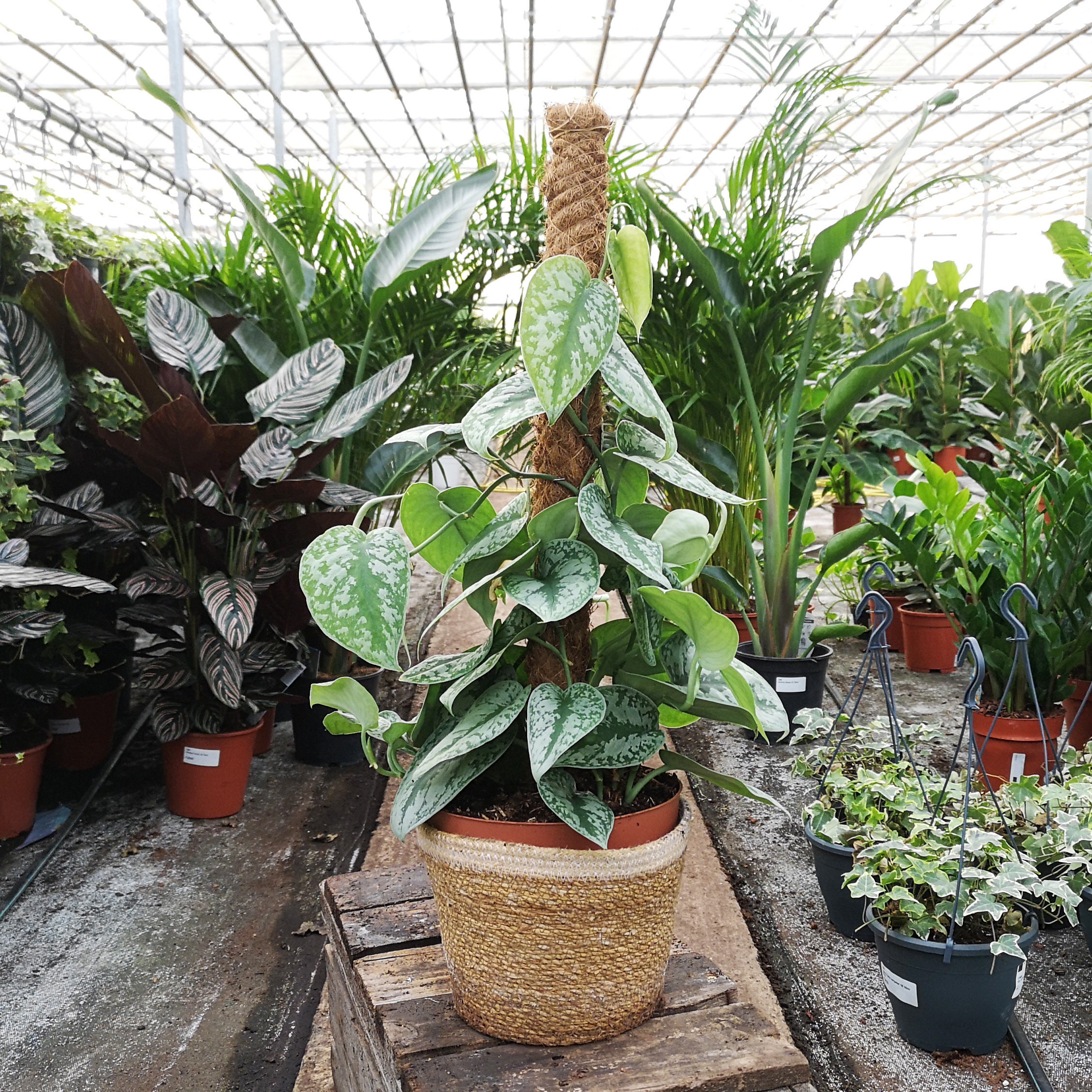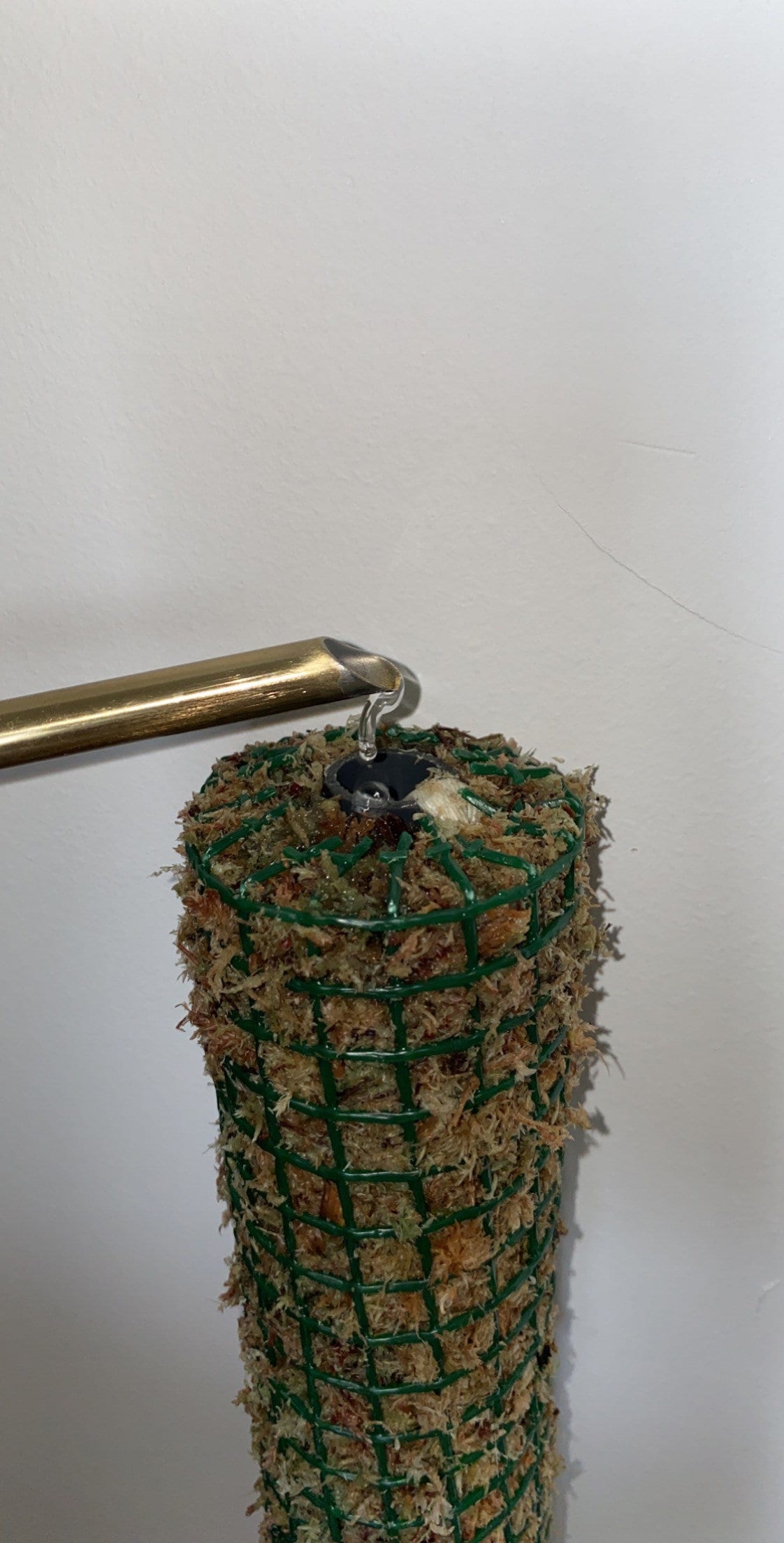


How do self-watering pots work? How to Make a Self-Watering Moss Pole. The water reservoir at the base of the pole allows the plant to draw water as needed, and excess water can drain away, preventing the roots from becoming soggy and potentially rotting. Lastly, a self-watering moss pole helps prevent root rot by ensuring the plant is not sitting in overly damp soil. This is particularly useful for plants with weak stems and needing additional support to climb or vines to cling to, such as Monstera deliciosa or Philodendron scandens. Secondly, a self-watering moss pole provides support for the plant to grow vertically. This is especially important for plants that require high humidity levels, such as tropical plants, as the moss wick can help maintain moisture levels around the plant. Firstly, it provides a consistent source of moisture for climbing or vining plants, which is crucial for their healthy growth. Benefits of Using a Self-Watering Moss Pole.Ī self-watering moss pole is important for several reasons. As the plant grows, it will wrap its tendrils around the pole, giving it the support it needs to climb. The pole comprises a hollow tube containing water, and the moss acts as a wick that draws water up to the plant's roots. Let's get started to discuss How to Make A Self-Watering Moss Pole Explanation of a Self-Watering Moss PoleĪ self-watering moss pole is a type of plant support system that allows the plant to draw water as needed. In this article, we will discuss what a self-watering moss pole is, its benefits, the materials required, and step-by-step instructions on how to water moss pole. It is a great way to provide support for the plant to grow and, at the same time, ensure that it receives the necessary moisture.Īdditionally, the moss on the pole acts as a natural water reservoir, ensuring that your plants stay hydrated even if you forget to water them for a few days. Repot the plant along with your new mosspole.A self-watering moss pole is a handy and innovative solution for plant enthusiasts who want to grow climbing plants or vining plants. Leave out a gap at the bottom - this will the potted end

Make sure you don't use too much moss because we want the aerial roots to have space to burrow into it and grow Make sure it fits the size of the plant + the depth of the pot you useĬlose up the net using zip ties whilst filling it up with moss. Examples are Monsteras, Philodendrons, Rhaphidophora, Pothos and more.Ĭut the wire net into an appropriate size, here I had to add onto mine because my net wasn't tall enough. Moss poles are great for plants that like to climb + have aerial roots that love to grab onto things. I thought some of you might find my method of moss-pole-making interesting, so here it is!

I spent my morning repotting plants and making moss poles.


 0 kommentar(er)
0 kommentar(er)
